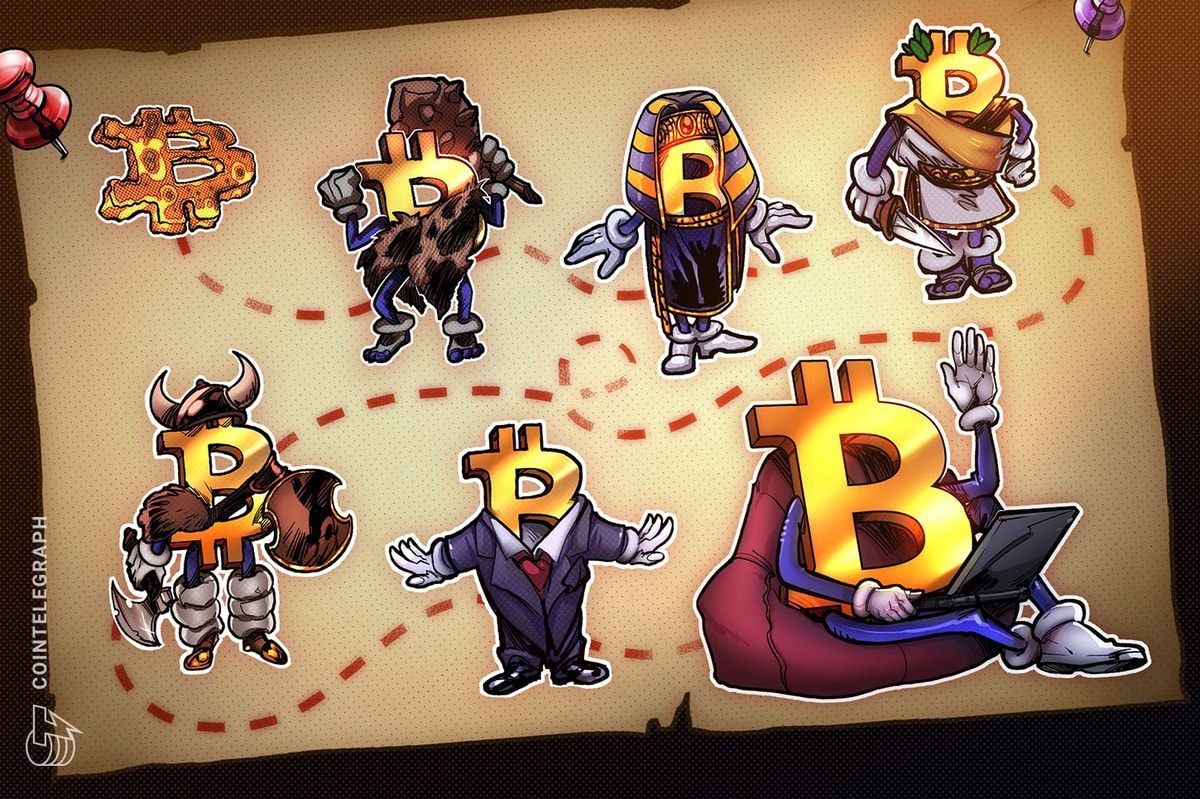From the historic genesis block to $100,000 BTC, Bitcoin’s journey spans 16 years of resilience, growth and innovation.
News
The first Bitcoin genesis block — famously known as block 0 — was mined on Jan. 3, 2009. Over the past 16 years, more than 1.13 billion transactions have been permanently recorded across roughly 800,000 blocks on the decentralized Bitcoin blockchain.
Bitcoin genesis block. Source: Bitcoin Magazine
Bitcoin (BTC) creator Satoshi Nakamoto embedded a headline from the United Kingdom-based newspaper, The Times, in the genesis block: “The Times 03/Jan/2009 Chancellor on brink of second bailout for banks.” The message was a critique of traditional financial systems and government bailouts during the 2008 global financial crisis.
The Times front page headlines on Jan. 3, 2009
Bitcoin mainstream adoption becomes inevitable
When Bitcoin first launched in 2009, it was dismissed as an obscure experiment in digital money. However, Nakamoto’s vision took shape a decade later as unstable economies started eyeing Bitcoin as a hedge against fiat currency inflation and growing dependence on the United States dollar.
As institutions, governments and individuals increasingly recognized its potential as a store of value and medium of exchange, El Salvador became the first country to adopt Bitcoin as legal tender in 2021. In addition to allowing citizens open access to the Bitcoin economy, the government has since accumulated over 6,000 BTC over time, which is worth around $570 million at current prices.
Several countries, including the US, China, the United Kingdom and Ukraine, hold large bags of Bitcoin today.
Number of countries holding Bitcoin. Source: BitcoinTreasuries.NET by Bitbo
Keeping up with growing technical requirements
As Bitcoin’s adoption grows, the network’s computational demands have risen exponentially. Network difficulty, a relative measure of how difficult it is to mine a new block for the blockchain, has reached a new high of 110 trillion.
Related: Bitcoin ETFs approach $110B as analyst calls $200K BTC in 2025
To maintain profitability amid increasing difficulty and operational costs, Bitcoin miners like Bitfarms, Hut 8 and Hive Digital spent much of 2024 upgrading their mining equipment. Despite a lower BTC block reward due to Bitcoin’s quadrennial halving event, miners have been well-compensated in 2024 as Bitcoin breached the $100,000 mark for the first time in history.
Bitcoin mining hashrate overview. Source: blockchain.com
As shown above, the hashrate is on an upward trajectory, which requires miners to upgrade their equipment every few years to remain profitable and competitive when confirming transactions on the blockchain.
Looking to the future
The Bitcoin blockchain has grown to 627 gigabytes over the last 16 years, raising concerns about storage and synchronization for full nodes
To address these issues, several strategies have been proposed and implemented by developers. These include pruning nodes to retain only the most recent transactions necessary for validation, reducing the maximum block size, compressing blockchain data, offchain transactions and periodic snapshots.
These solutions, however, come with trade-offs in terms of security, decentralization and complexity. Ongoing research and community consensus remain essential to overcoming these challenges.
Magazine: How crypto laws are changing across the world in 2025
This article first appeared at Cointelegraph.com News


